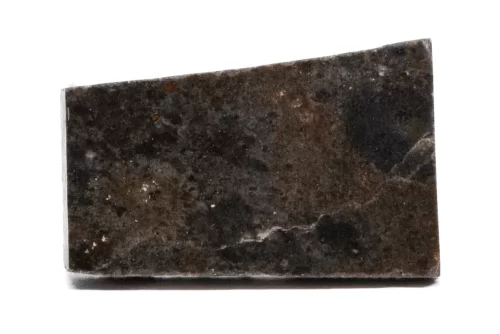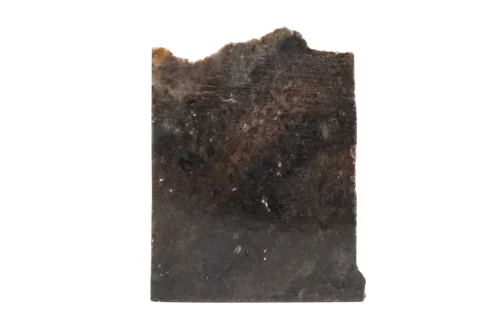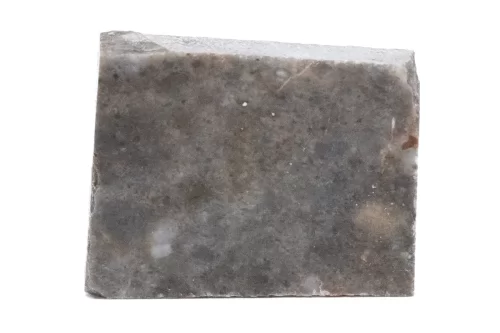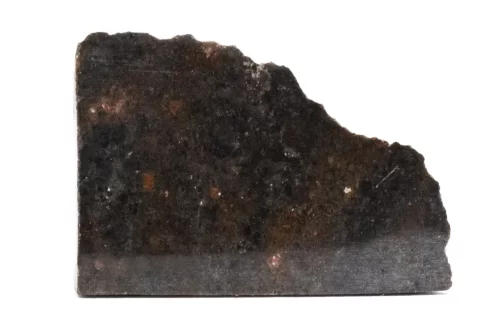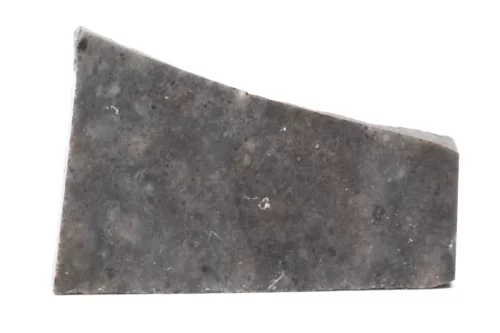Northwest Africa 14041
Lunar meteorite (feldspathic breccia)
Purchased: 2021 Feb in Mali
In 2021, camel shepherds in Mali stumble upon the Northwest Africa 14041 lunar meteorite. Five pieces which total 11,700 grams have been recovered in total. Professor Tony Irving of the University of Washington Seattle and Paul Carpenter of Washington University in St. Louis classified the meteorite as a feldspathic lunar breccia.
A rock made up of mostly angular fragments of other rocks, cemented together, is called a breccia. Researchers believe that about 4 million years ago, debris from the solar system battered the Moon to form the craters and basins we see dotting the Moon’s surface today. These impacts not only changed the lunar landscape, but also broke and melted rock fragments together, creating breccias.
A rock is “feldspathic” if it contains or relates to the mineral feldspar. Anorthosite, found abundantly in the lunar highlands, is primarily composed of feldspar. It is thought that shortly after its formation, the Moon melted. As it began to cool, feldspar crystals formed the Moon’s crust. These crystals were initially pale grey or colorless, but as meteorites bombarded the Moon’s surface, they became shocked and turned white.
NASA’s Apollo 16 astronauts collected anorthosite from the lunar surface. Scientists determined the sample was 4.19 billion years old.
Showing all 8 results

